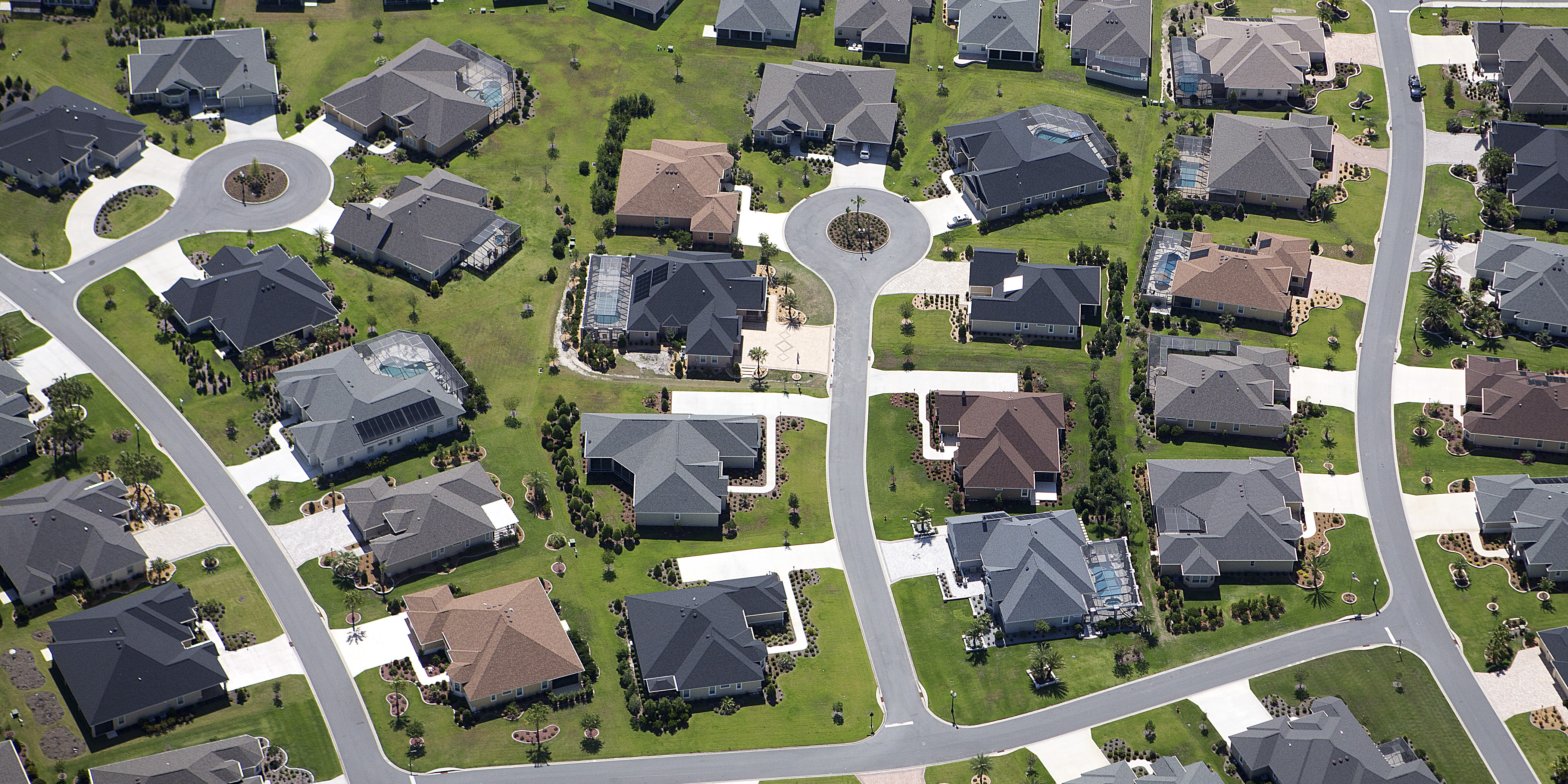Building a home known as an accessory dwelling unit could be a novel solution to low housing supply. ADUs are units built on the lot of an existing home and tend to be cheaper to construct and live in. Higher rates have frozen the housing market, leading to a national shortage of homes for sale. Loading Something is loading.
Thanks for signing up!
Access your favorite topics in a personalized feed while you’re on the go.
The housing market has never been this unaffordable.
A big problem is extremely low supply, and that could lead to a trend of eager homebuyers building a kind of house—known as an accessory dwelling unit—in the yard of an existing home, according to two researchers at Miami University.
Architecture professors Jeff Kruth and Murali Paranandi pointed to the huge shortage in housing supply as mortgage rates hover near a 20-year high. The shortage of properties has kept home prices elevated and exacerbated housing un affordability, which could result in the rise of accessory dwelling units, they said.
ADUs, also referred to as “backyard homes” and “in-law suites,” are housing units that are built on the land of existing properties. They can also be cheaper to build and to live in, as they’re typically smaller than single-family homes.
“Recent trends – working from home and aging in place, along with a homeownership market that’s pricing out younger adults – all demand housing types that are not readily available in a market dominated by single-family housing.
“We believe ADUs – with their social, economic and environmental benefits – should become a more common housing option,” the researchers said in an op-ed for The Conversation.
Historically, there’s been stiff opposition to ADUs, and there is often a byzantine permitting process in many states that requires obtain as many as seven permits to be allowed to construct a dwelling on a lot with an existing home. But some states are softening their stance as the housing crisis deepens. Leading the charge is California, which is even offering subsidies to make construction more affordable.
32% of homeowners said they were interested in developing an ADU on their property after learning about it, according to a January survey from mortgage giant Freddie Mac. And the trend has already taken off in some packed housing markets, with ADU permits in California jumping from 9,000 to 12,392 from 2018-2020, per UC Berkeley research.
“As the country grapples with alleviating its housing crisis, solutions will require rethinking existing policies and re-imagining what housing development and neighborhood cohesion looks like. ADUs can be on of those solutions,” Kruth and Paranandi wrote.
Rising interest in ADUs and other novel ways into the housing market comes as US housing hangs in a state of limbo, with the high cost of borrowing shutting out both buyers and sellers. The average 30-year fixed mortgage rate topped 7% for the first time since March, and has hovered not far from that level since last November.
This has shut out many buyers, who are faced with higher costs of borrowing, a trend of sellers sitting on the sidelines is also keeping prices high.
Current homeowners are less likely to want to list their home for sale if it means financing the purchase of a new home at a higher rate. Many buyers in the last decade locked in mortgage rates close to historic lows, and the pandemic era in particular saw a steep drop in borrowing costs for buyers, as the the 30-year rate dipped under 3%.
The result is a frozen housing market, with sales unlikely to pick up unless mortgage rates ease substantially. Experts, however, don’t expect a major pullback in rates this year: the 30-year mortgage rate will likely ease to 6% by the end of 2023, Redfin’s chief economist told Insider, which will keep affordability and housing activity low through the second-half of 2023.
